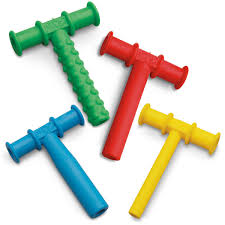shop
The Course OutlineFunctional Exercise Progression System
- A systematic, criterion-based progression with physiologic & anatomical, biomechanical, and neurological considerations of exercise
- Thinking Functionally
- Functional Exercise Prescriptions consider:
- Proper proprioceptive input
- Proximal Reflexive Stability
- Posture & Muscle Balance
- Patterns of Movement & Breathing
- Progressive challenge to systems
- Patient-specific goals
- Elastic Resistance Training
- Exercise Ball Training
- Balance and Proprioceptive Training
- To understand the biomechanical principles of elastic resistance and the relevance to patient positioning
- To demonstrate appropriate exercises using elastic resistance for muscular impairments of the upper body, lower body, and spine
- To describe and demonstrate other clinical applications of elastic resistance for specific impairments or limitations
- To review the clinical outcome research of elastic resistance training
- To describe the advantages, disadvantages and safety of elastic resistance
- Describe the uses of exercise ball training
- Appropriately prescribe & progress specific exercises on the exercise ball
- Integrate the exercise ball into a Functional Exercise Progression
- Review the EMG and clinical outcomes research on exercise ball training
- Describe the advantages, disadvantages & precautions of exercise ball training
- Review the neurophysiologic basis and research on proprioceptive and stabilization training
- Describe the advantages, disadvantages & precautions of stabilization training
- We integrate the above approaches for joint specific, sports specific or condition specific rehabilitation.
- We conduct specific programmes for the older adults to improve their strength, flexibility and balance. The programmes have been designed keeping the requirements of the Indian older adult in mind. At a clinical level the programme has been very successful indicating a clinical difference in pre and post training scores.
- The complex rehabilitation for the upper quadrant dysfunction can be beautifully designed with bands and balls. Ranging from acute tendonitis to chronic adhesive capsulitis, muscle dysfunction of the core muscles to movement disorders - the exercise progression system restores neuromuscular control and function.






